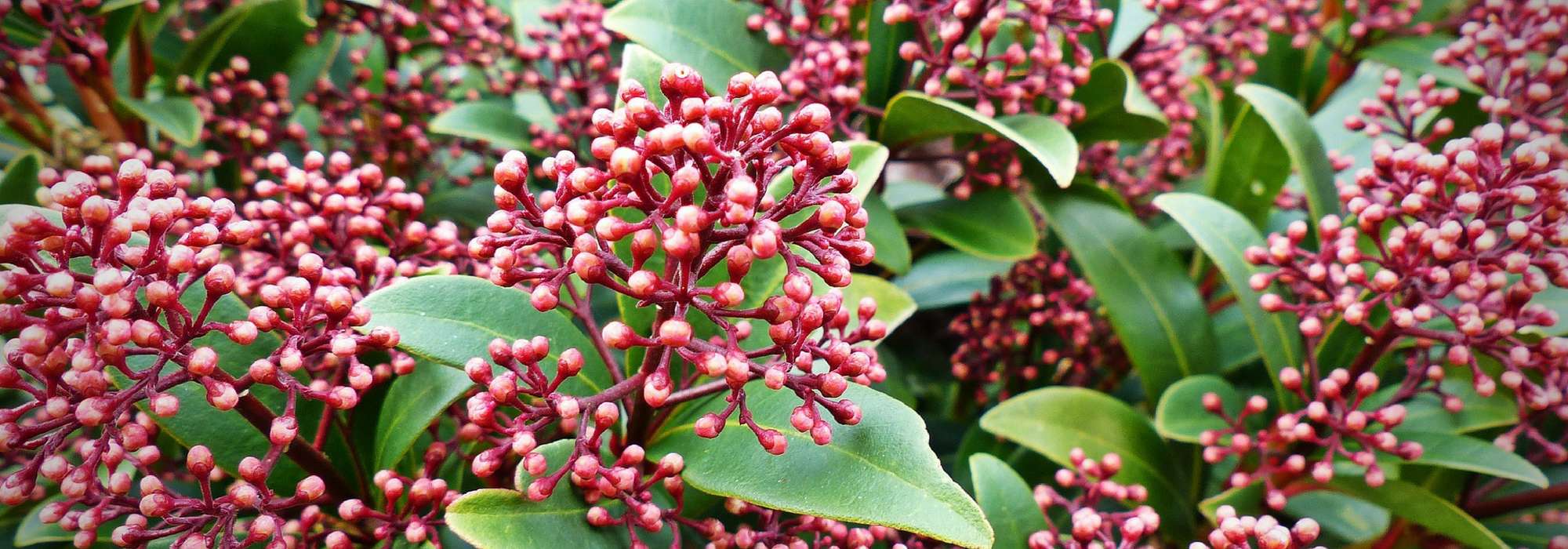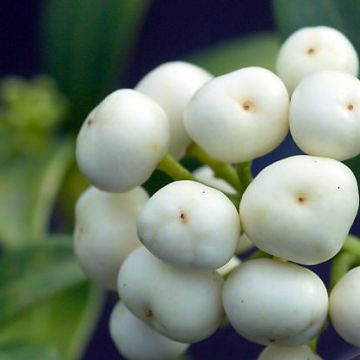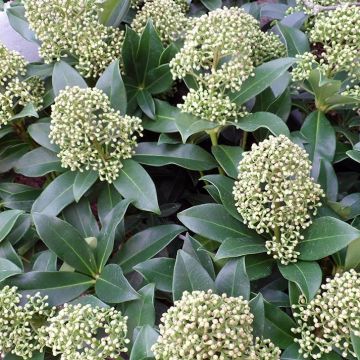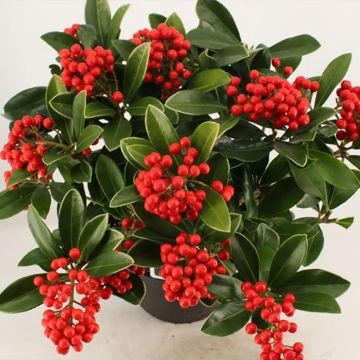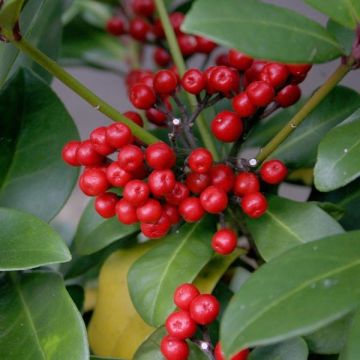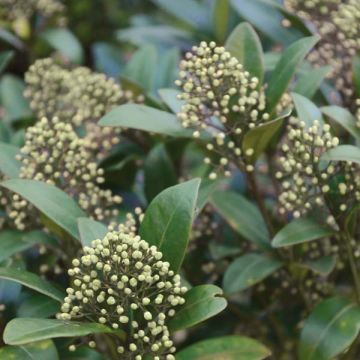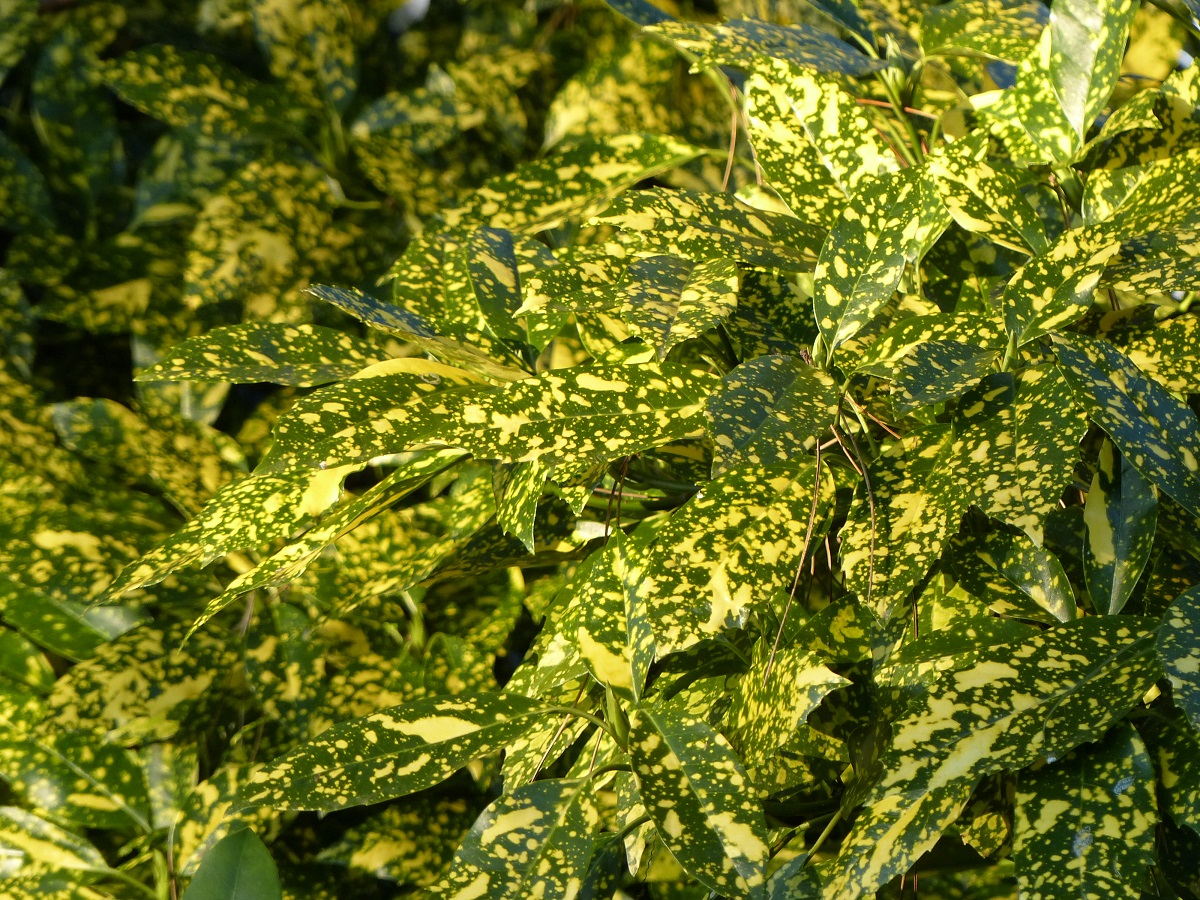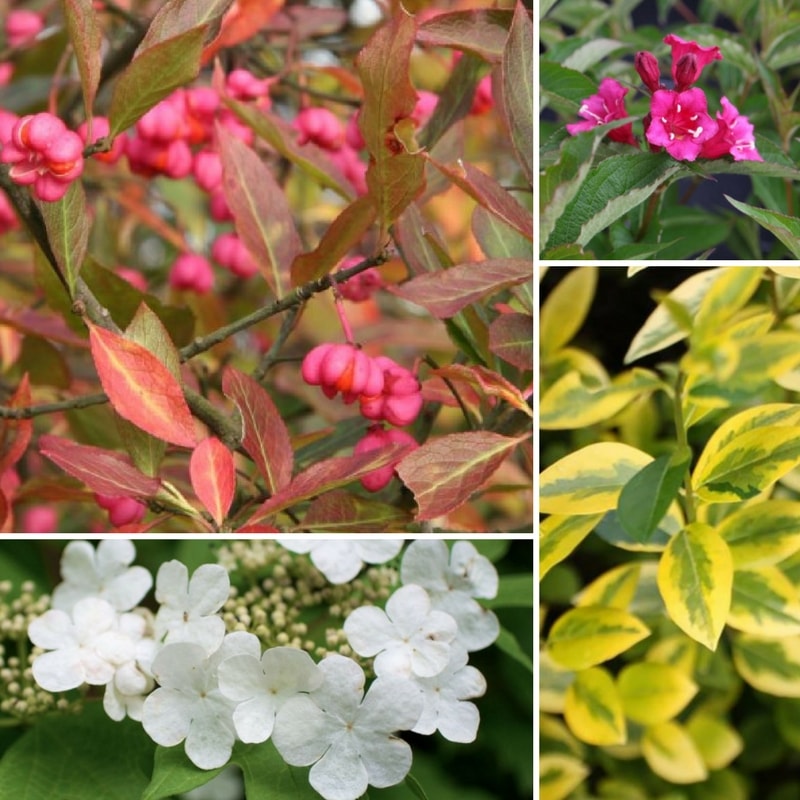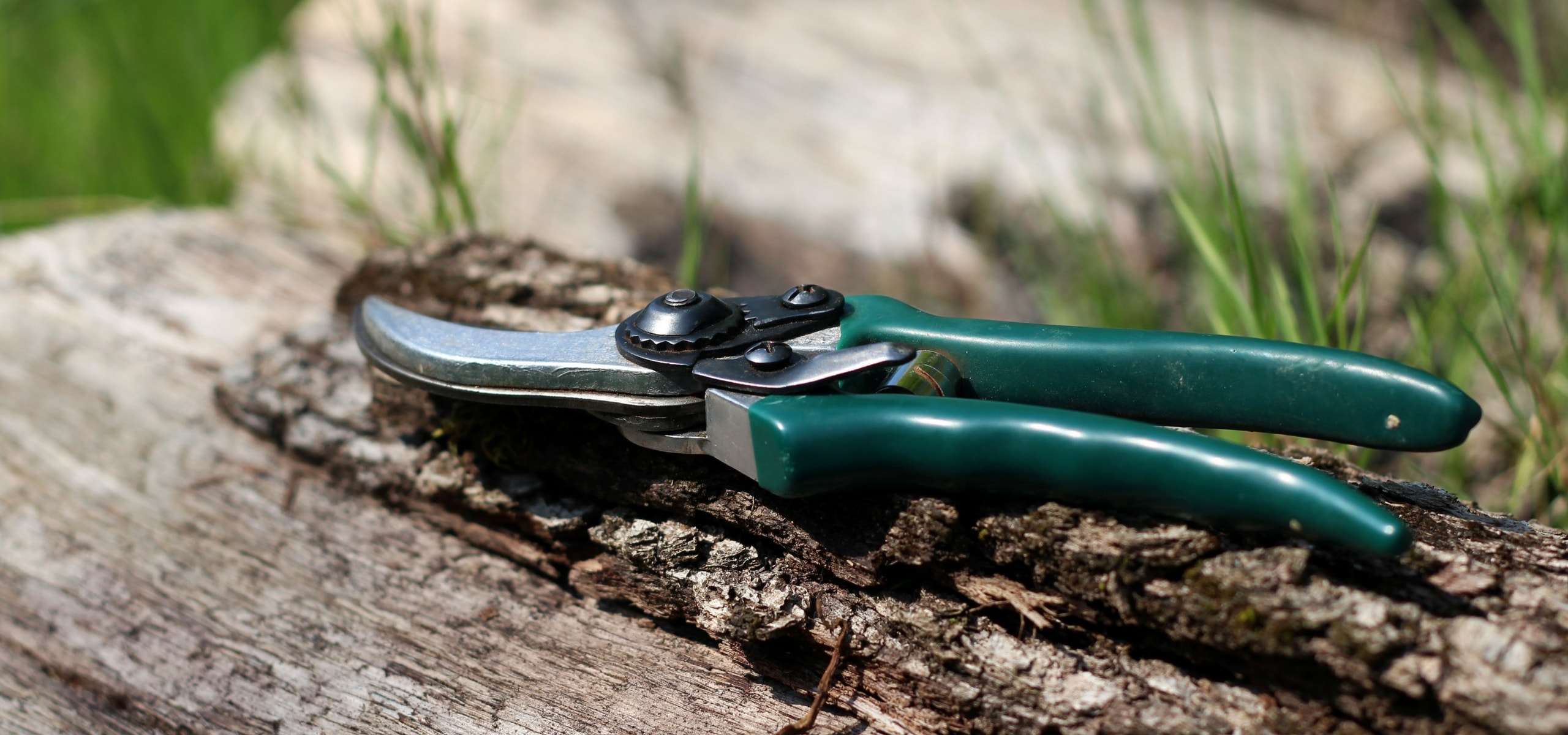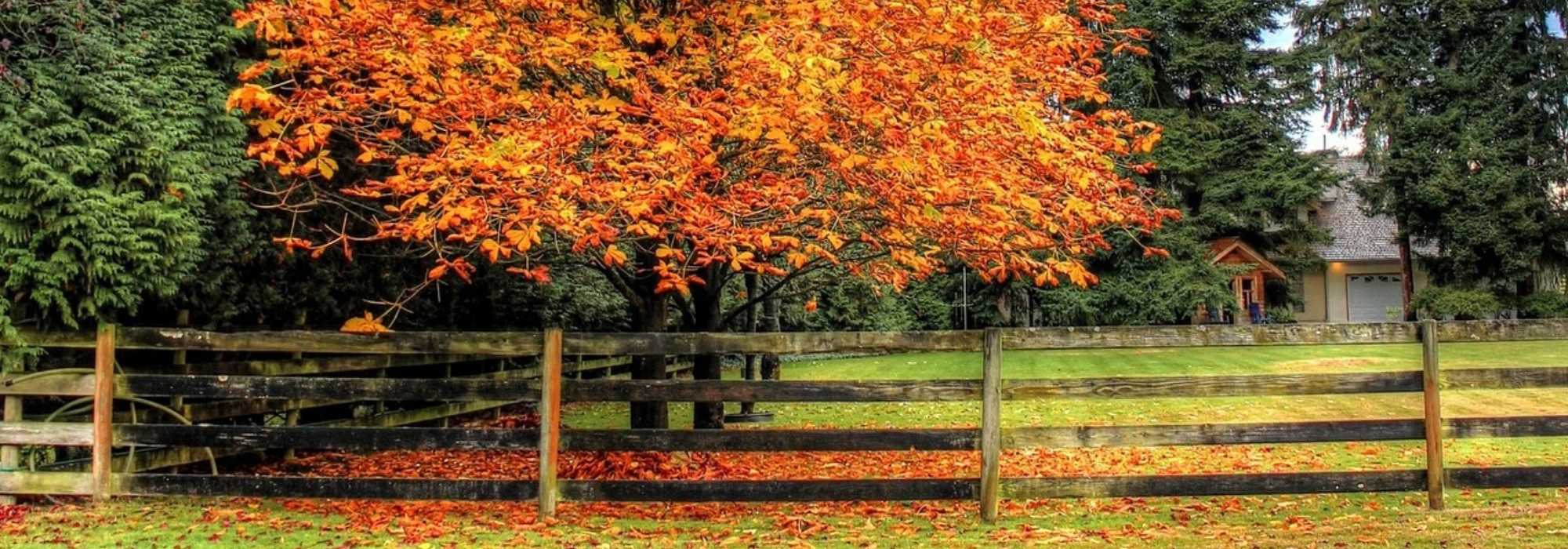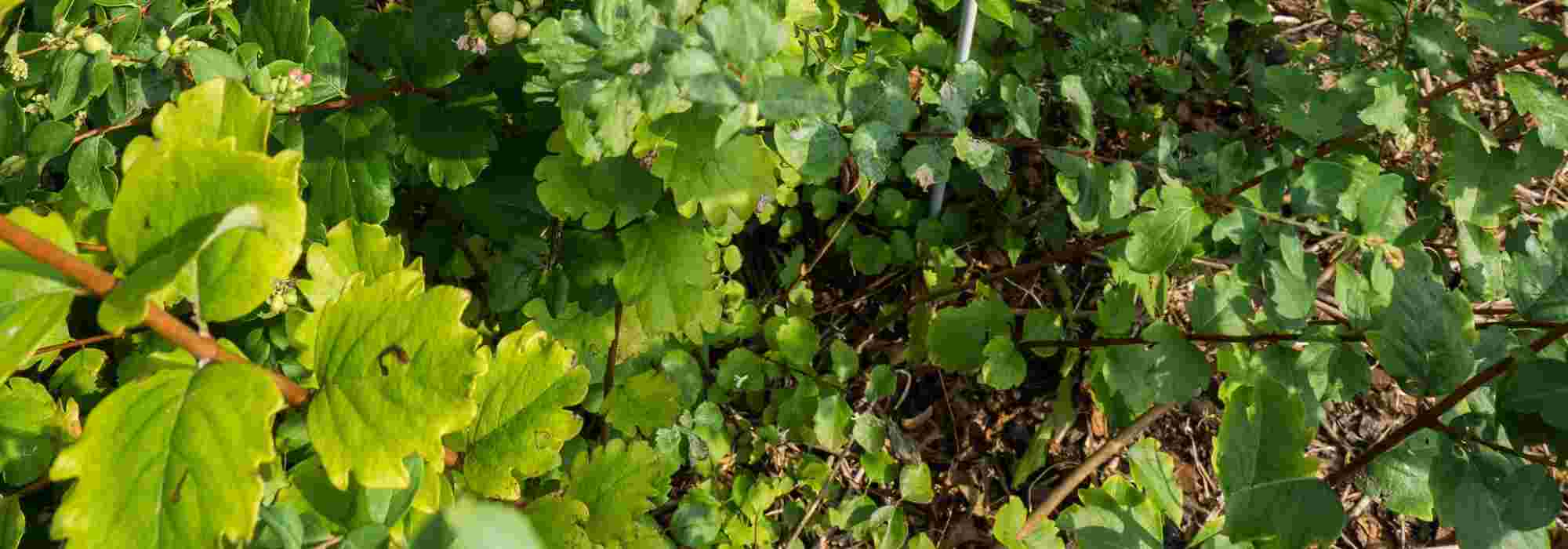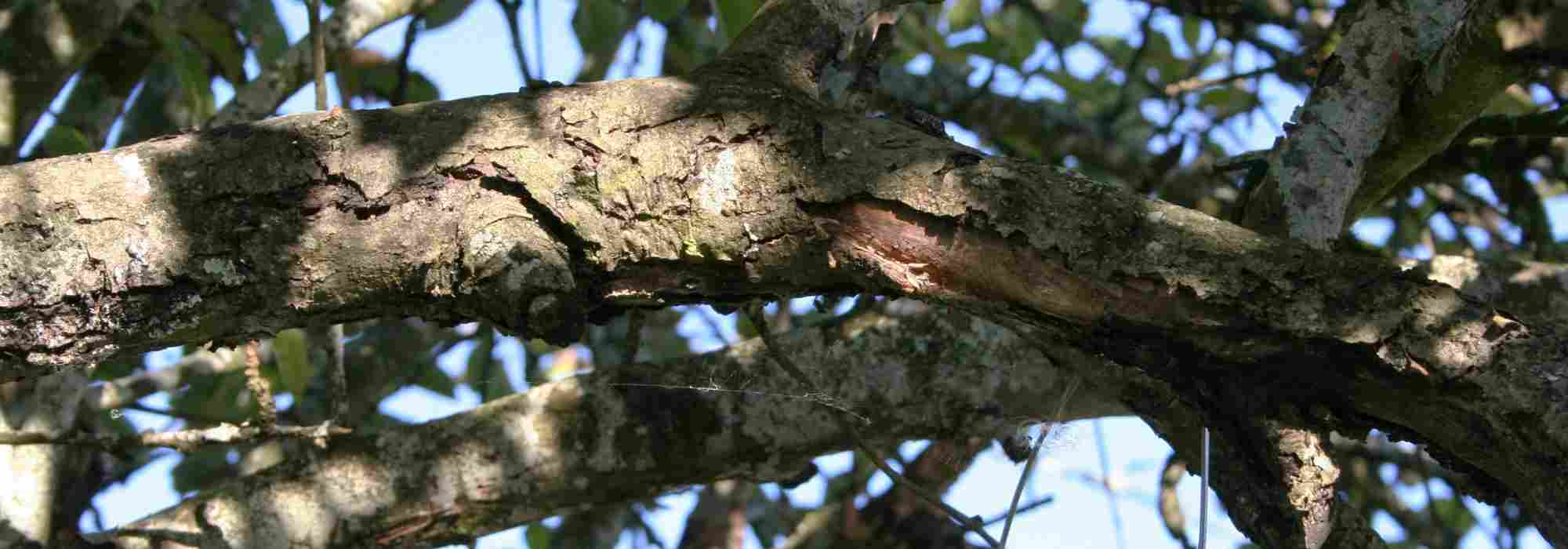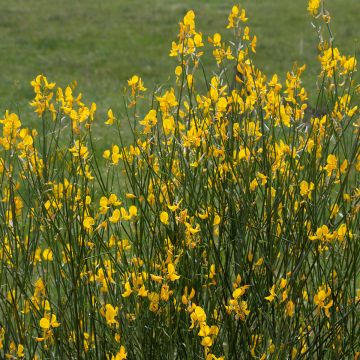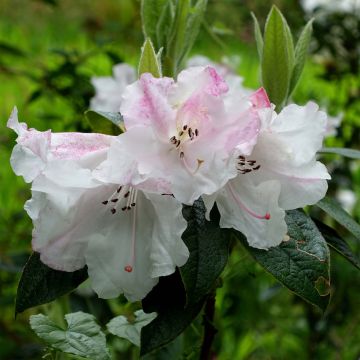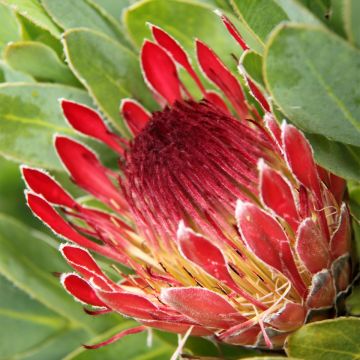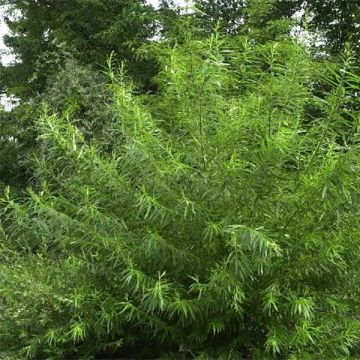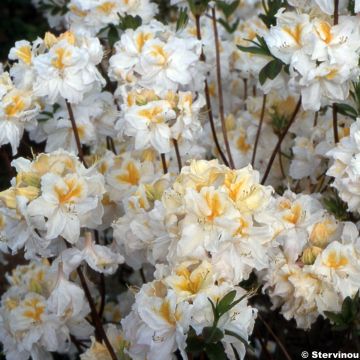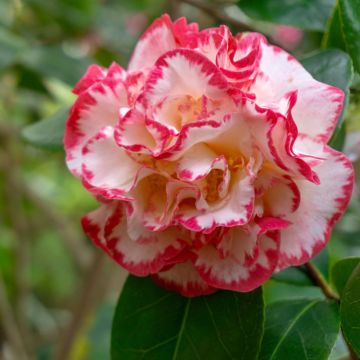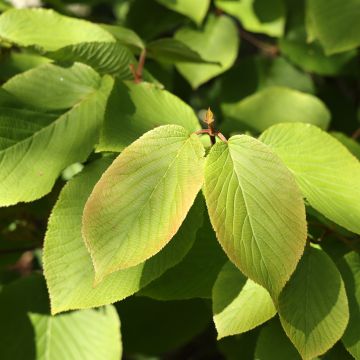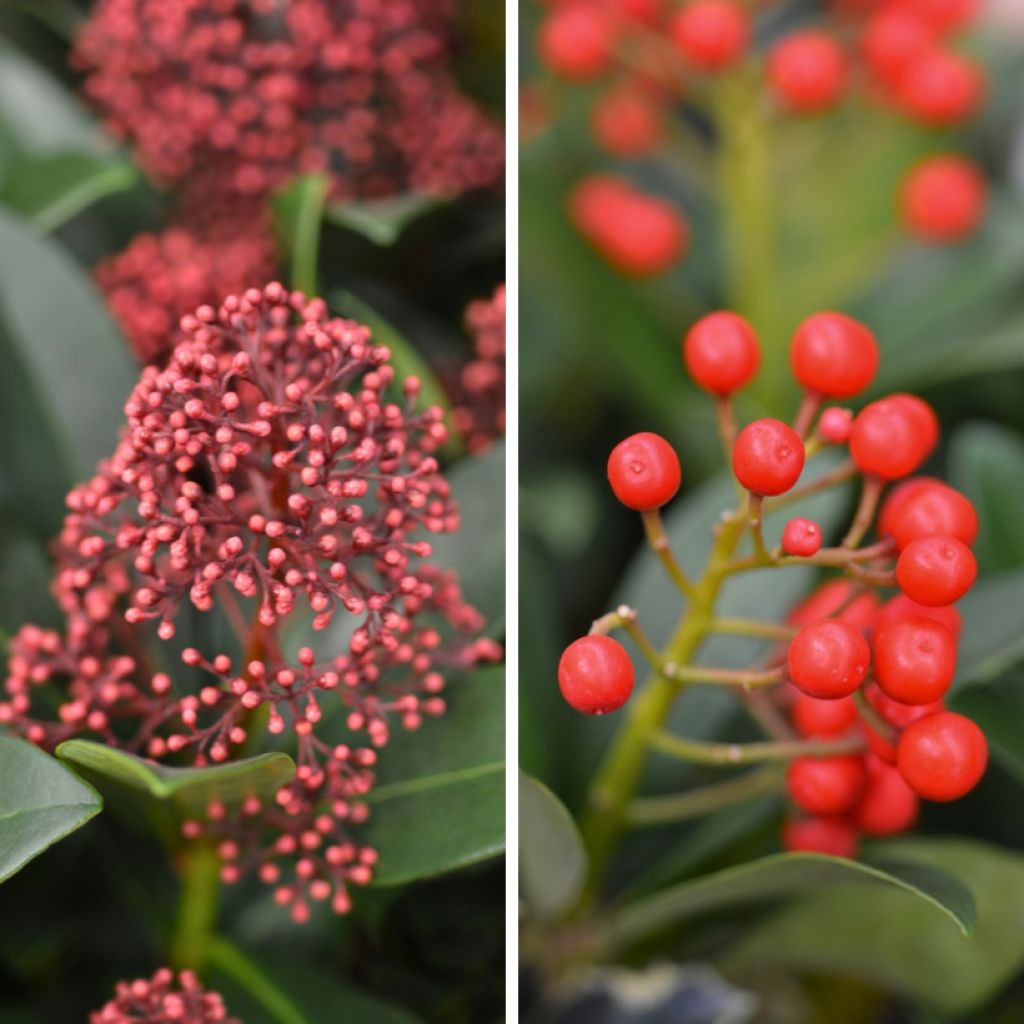

Skimmia japonica Duo Rubella and Pabella (male and female)
Skimmia japonica Duo Rubella and Pabella (male and female)
Skimmia japonica Rubella, Pabella
Japanese Skimmia, Skimmia, Japanese Skimmia Japonica
Special offer!
Receive a €20 voucher for any order over €90 (excluding delivery costs, credit notes, and plastic-free options)!
1- Add your favorite plants to your cart.
2- Once you have reached €90, confirm your order (you can even choose the delivery date!).
3- As soon as your order is shipped, you will receive an email containing your voucher code, valid for 3 months (90 days).
Your voucher is unique and can only be used once, for any order with a minimum value of €20, excluding delivery costs.
Can be combined with other current offers, non-divisible and non-refundable.
This plant carries a 24 months recovery warranty
More information
We guarantee the quality of our plants for a full growing cycle, and will replace at our expense any plant that fails to recover under normal climatic and planting conditions.
Would this plant suit my garden?
Set up your Plantfit profile →
Collection items (2 plants)
Description
We offer you a Pair of Male and Female Japanese Skimmias, a perfect match to enhance your garden or balcony. These compact bushes are prized for their evergreen foliage and their generous spring flowering followed by small colourful fruits on the female plant. 'Rubella' offers pinkish-red floral buds that bloom in fragrant white clusters, while 'Pabella' produces red berries that will bring a pleasant touch of colour throughout winter. These hardy bushes tolerate temperatures down to -18°C. A charming duo to brighten shaded areas and attract bees from the first warm days!
The pair consists of:
1 x Skimmia japonica 'Rubella': reaching a height of 1.20 m, this cultivar displays beautiful glossy dark green foliage and pinkish-red floral buds from autumn, opening in spring into fragrant white flowers.
1 x Japanese Skimmia 'Pabella': a bit more compact (80 cm to 1 m), this female skimmia charms with its bright red fruits in winter. Its evergreen foliage of deep green creates a magnificent contrast with its berries. 'Pabella' produces panicles of very small white, lightly scented flowers in March-April.
Plant these Skimmias in spring or autumn, in flower beds or pots to enjoy their foliage and flowering even in a small space. Choose a slightly shaded spot and, in the ground, ensure to space each plant at least 50 cm apart. As with camellias, a slightly acidic, humus-bearing, well-drained soil promotes their growth. Place 'Rubella' at the back of the flower bed so its flowers stand out against the foliage of 'Pabella' and harmonise with its berries.
To enhance the elegance of this pair of Skimmias, combine it with Mahonia 'Soft Caress', with its fine evergreen leaves and yellow winter flowering; place 2 plants behind the Skimmias to highlight their structure. In front of the Skimmias, three plants of Heuchera 'Palace Purple' will provide a remarkable contrast with their purple foliage. Finally, add the Hosta 'Halcyon' with broad blueish leaves for a harmonious effect; place 2 plants between the Skimmias to create a colourful scene covering approximately 2 m², in partial shade.
Plant habit
Flowering
Foliage
Botanical data
Skimmia
japonica
Rubella, Pabella
Rutaceae
Japanese Skimmia, Skimmia, Japanese Skimmia Japonica
Skimmia foremanii HORT.
Cultivar or hybrid
Other Skimmia
View all →Planting and care
Plant the Skimmia duo in partial shade in humus-bearing, moist, well-drained, and slightly acidic soil (without limestone). Avoid sunlight and poor, dry soils, as well as heavy soils, to prevent chlorosis and brown spots. Choose a location sheltered from strong winds and cold drafts. Dig a hole 50 cm on all sides and mix ericaceous soil with the existing soil (50/50). Soak the root ball in a bucket for fifteen minutes before planting to ensure it is well saturated, then position it in the hole, backfill around it, and water generously. This plant does not like drought, so make sure to water regularly if necessary. If the soil is naturally moist and your climate not too hot, it can tolerate sunny exposure.
If your soil is limestone-rich, you can grow the bushes in a large pot with drainage holes, using a rich, slightly acidic planting compost and rainwater for watering.
Planting period
Intended location
Care
Planting & care advice
This item has not been reviewed yet - be the first to leave a review about it.
Similar products
Haven't found what you were looking for?
Hardiness is the lowest winter temperature a plant can endure without suffering serious damage or even dying. However, hardiness is affected by location (a sheltered area, such as a patio), protection (winter cover) and soil type (hardiness is improved by well-drained soil).

Photo Sharing Terms & Conditions
In order to encourage gardeners to interact and share their experiences, Promesse de fleurs offers various media enabling content to be uploaded onto its Site - in particular via the ‘Photo sharing’ module.
The User agrees to refrain from:
- Posting any content that is illegal, prejudicial, insulting, racist, inciteful to hatred, revisionist, contrary to public decency, that infringes on privacy or on the privacy rights of third parties, in particular the publicity rights of persons and goods, intellectual property rights, or the right to privacy.
- Submitting content on behalf of a third party;
- Impersonate the identity of a third party and/or publish any personal information about a third party;
In general, the User undertakes to refrain from any unethical behaviour.
All Content (in particular text, comments, files, images, photos, videos, creative works, etc.), which may be subject to property or intellectual property rights, image or other private rights, shall remain the property of the User, subject to the limited rights granted by the terms of the licence granted by Promesse de fleurs as stated below. Users are at liberty to publish or not to publish such Content on the Site, notably via the ‘Photo Sharing’ facility, and accept that this Content shall be made public and freely accessible, notably on the Internet.
Users further acknowledge, undertake to have ,and guarantee that they hold all necessary rights and permissions to publish such material on the Site, in particular with regard to the legislation in force pertaining to any privacy, property, intellectual property, image, or contractual rights, or rights of any other nature. By publishing such Content on the Site, Users acknowledge accepting full liability as publishers of the Content within the meaning of the law, and grant Promesse de fleurs, free of charge, an inclusive, worldwide licence for the said Content for the entire duration of its publication, including all reproduction, representation, up/downloading, displaying, performing, transmission, and storage rights.
Users also grant permission for their name to be linked to the Content and accept that this link may not always be made available.
By engaging in posting material, Users consent to their Content becoming automatically accessible on the Internet, in particular on other sites and/or blogs and/or web pages of the Promesse de fleurs site, including in particular social pages and the Promesse de fleurs catalogue.
Users may secure the removal of entrusted content free of charge by issuing a simple request via our contact form.
The flowering period indicated on our website applies to countries and regions located in USDA zone 8 (France, the United Kingdom, Ireland, the Netherlands, etc.)
It will vary according to where you live:
- In zones 9 to 10 (Italy, Spain, Greece, etc.), flowering will occur about 2 to 4 weeks earlier.
- In zones 6 to 7 (Germany, Poland, Slovenia, and lower mountainous regions), flowering will be delayed by 2 to 3 weeks.
- In zone 5 (Central Europe, Scandinavia), blooming will be delayed by 3 to 5 weeks.
In temperate climates, pruning of spring-flowering shrubs (forsythia, spireas, etc.) should be done just after flowering.
Pruning of summer-flowering shrubs (Indian Lilac, Perovskia, etc.) can be done in winter or spring.
In cold regions as well as with frost-sensitive plants, avoid pruning too early when severe frosts may still occur.
The planting period indicated on our website applies to countries and regions located in USDA zone 8 (France, United Kingdom, Ireland, Netherlands).
It will vary according to where you live:
- In Mediterranean zones (Marseille, Madrid, Milan, etc.), autumn and winter are the best planting periods.
- In continental zones (Strasbourg, Munich, Vienna, etc.), delay planting by 2 to 3 weeks in spring and bring it forward by 2 to 4 weeks in autumn.
- In mountainous regions (the Alps, Pyrenees, Carpathians, etc.), it is best to plant in late spring (May-June) or late summer (August-September).
The harvesting period indicated on our website applies to countries and regions in USDA zone 8 (France, England, Ireland, the Netherlands).
In colder areas (Scandinavia, Poland, Austria...) fruit and vegetable harvests are likely to be delayed by 3-4 weeks.
In warmer areas (Italy, Spain, Greece, etc.), harvesting will probably take place earlier, depending on weather conditions.
The sowing periods indicated on our website apply to countries and regions within USDA Zone 8 (France, UK, Ireland, Netherlands).
In colder areas (Scandinavia, Poland, Austria...), delay any outdoor sowing by 3-4 weeks, or sow under glass.
In warmer climes (Italy, Spain, Greece, etc.), bring outdoor sowing forward by a few weeks.
































